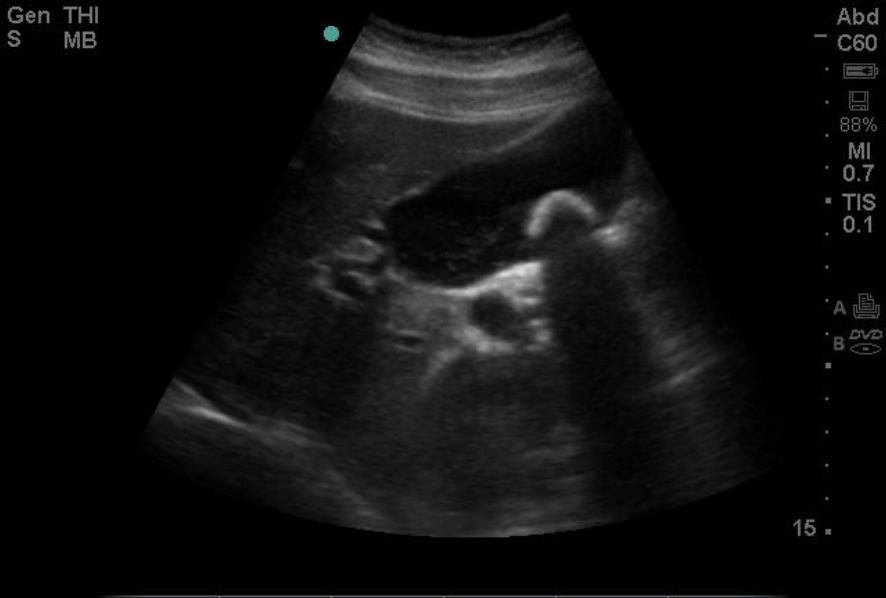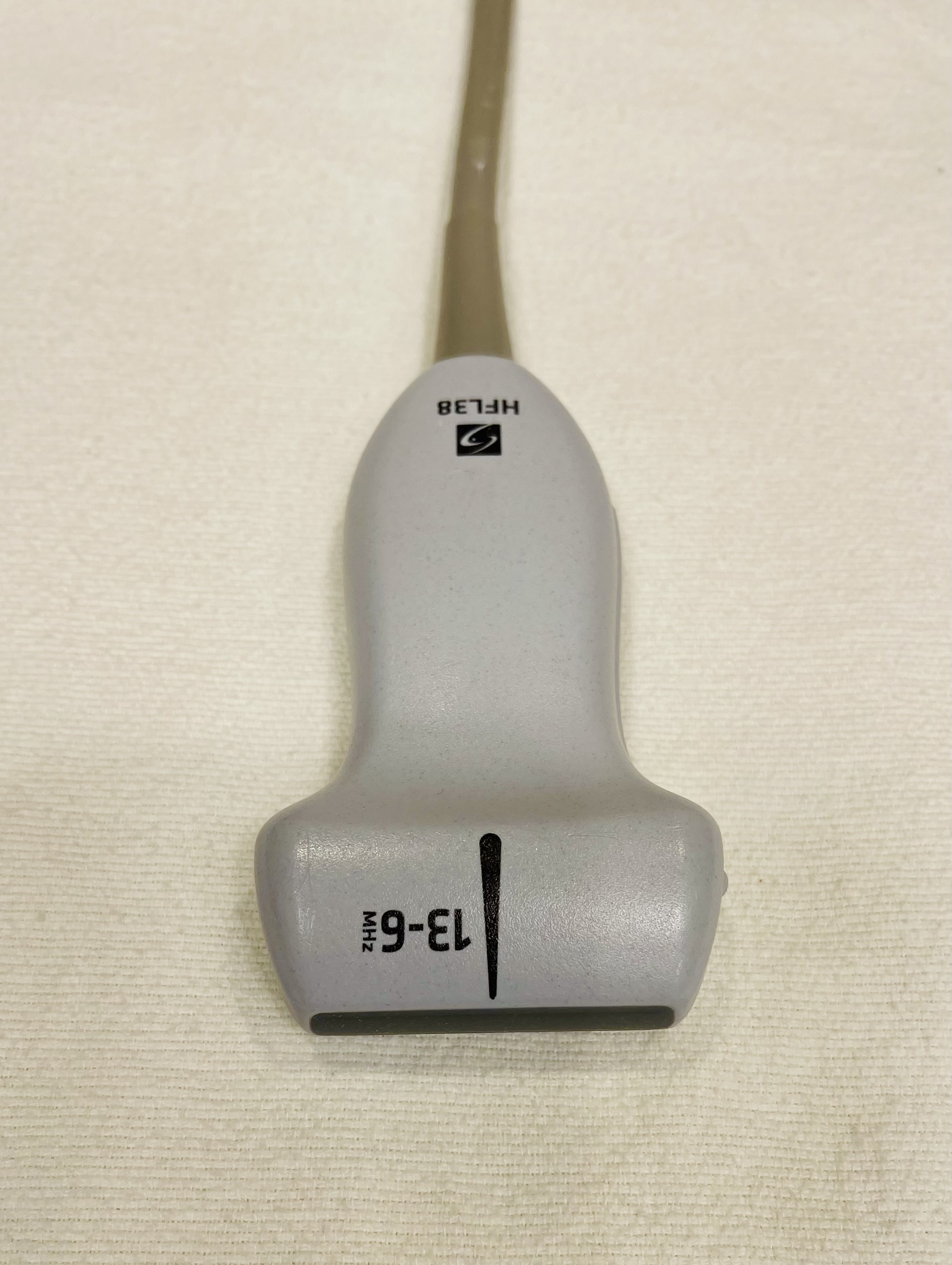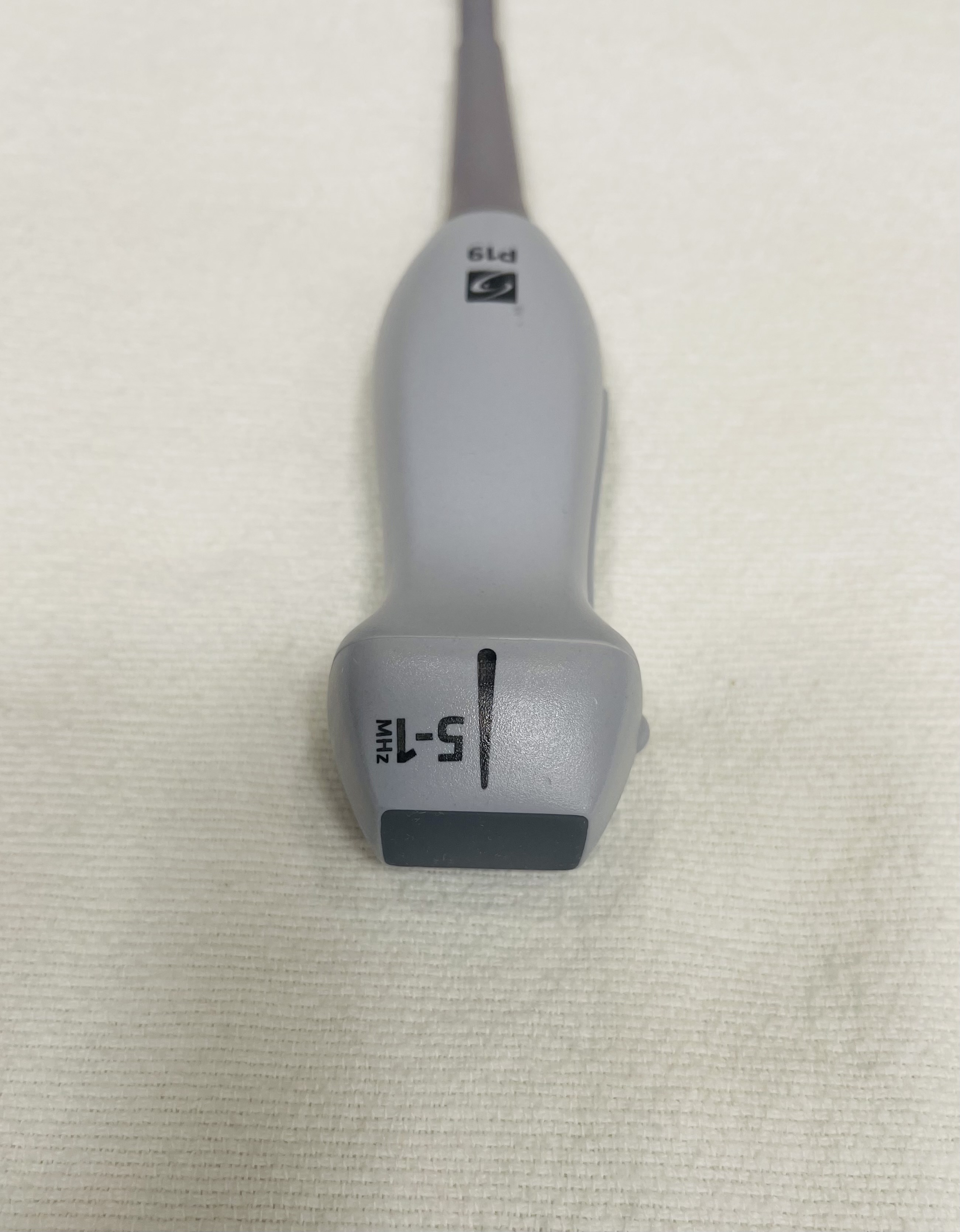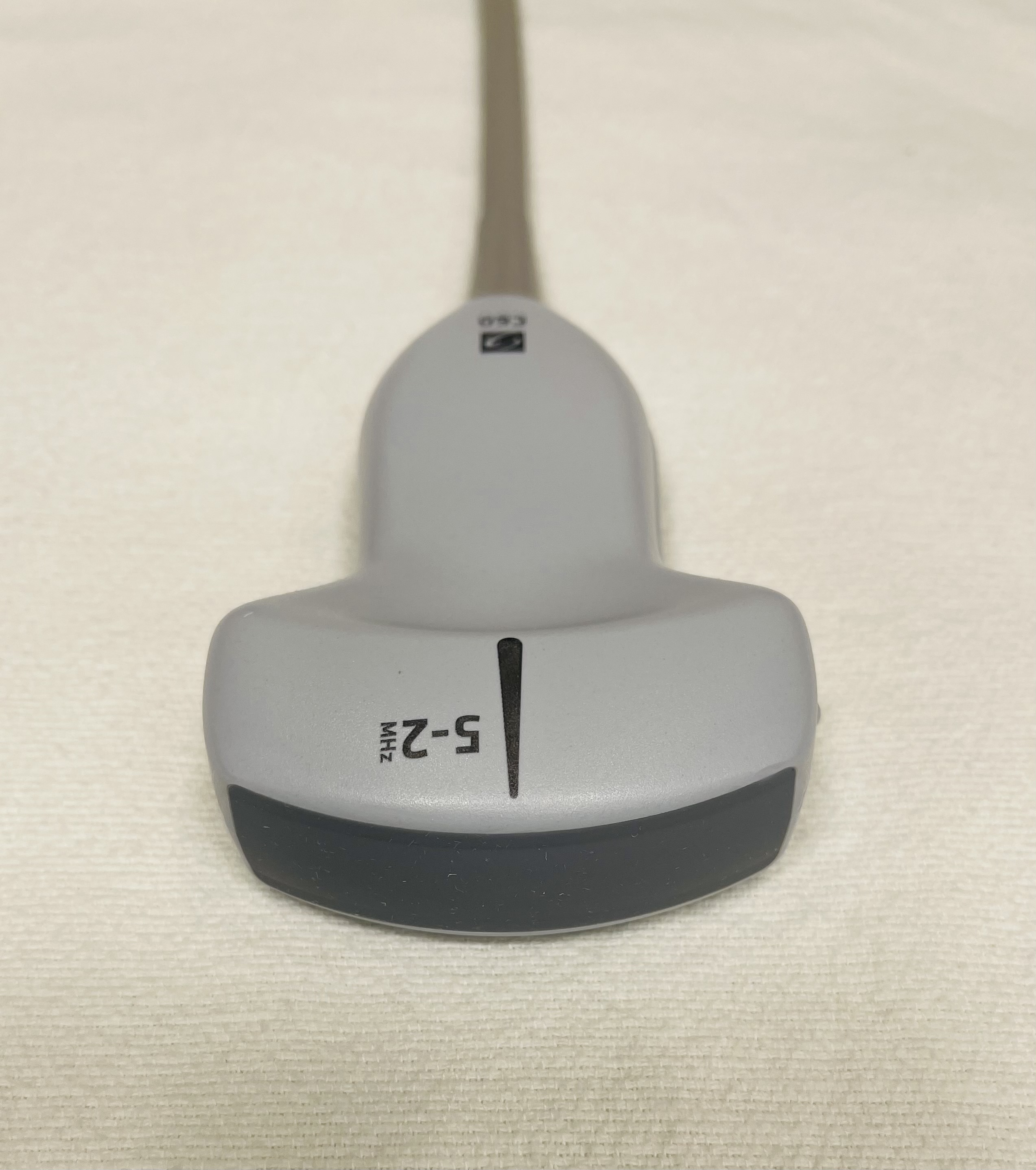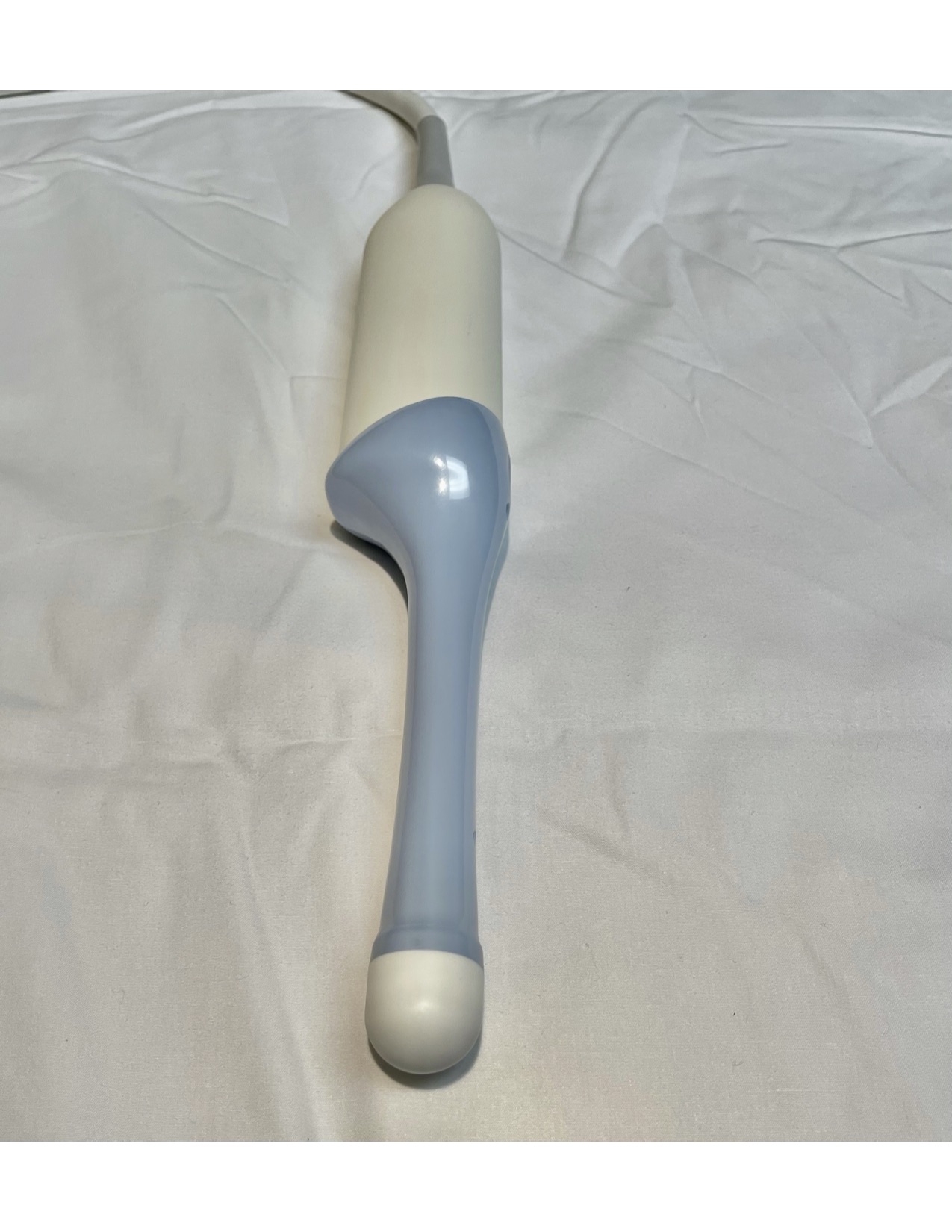Definition/Introduction
The development of sonography or medical ultrasound was built on the understanding and research of sound, which can be dated as far back as the 6th century. Specifically, sonography can be tied to as far back as the 1700s, an Italian physicist, Lazaro Spallanzani, who was researching the navigation of bats.[1] In the early 20th century, more applicable uses of ultrasound were studied by French physicist Paul Langevin who eventually laid the groundwork for SONOR (Sound Navigation and Ranging) as he was commissioned to investigate the sunken Titanic.
One of the first medical applications of ultrasound was by Ian Donald in the 1950s. As Ian Donald extrapolated ultrasound's ability to detect flaws and cracks in steel welds, he began to research and apply it to the field of obstetrics and gynecology as he published a fetus at 14 weeks gestational age in the prestigious academic journal, The Lancet.
Basic Ultrasound Physics
As the name implies, ultrasound uses sound waves at a higher frequency than what is audible for the human ear. For example, the average human ear hears frequencies from the 20 hertz to 20 kHz (kilohertz) range, whereas the typical clinical ultrasound uses frequencies from 1 to 20 MHz (megahertz).
To better understand ultrasound, a simple understanding of sinusoidal waves is useful. Wavelength (λ) is inversely proportional to frequency (f) and proportionate to the velocity (v), as depicted in the following equation.
- λ=v/f
Modern-day ultrasounds utilize piezoelectricity technology to convert electricity to sound waves and convert sound waves back into electricity through the use of lead zirconate titanate (PZT), which are human-made crystals (also called ceramic). The vibration occurs as these crystals are electrically stimulated, which produce longitudinal sound waves in the previously described frequency, thus producing ultrasound waves.[2]
PZT crystals are arranged in unique schematics within an ultrasound transducer (also known as a probe) to be clinically applied in a variety of situations. Further details on the variation of these transducers will be discussed later.
Similar to a rock being dropped into a still pond with the waves bouncing off the shore, the sound waves emitted by the transducer resonate and refract back to the transducer. When the ultrasound reverberates off tissue and returns, they induce vibration into the PZT crystals, converted back into an electric signal. The processing computer within the ultrasound machine then generates the signals into 2D (two dimensional) and, in more recent times, 3D (three dimensional) images.
The frequency (and inversely wavelength) of the sound waves produced can be modified to produce greater penetration through soft tissue by modifying the power or gain. The lower the frequency, the deeper or greater penetrance a sound wave has. Unfortunately, as more penetrance is obtained, the poorer the image quality typically is.
Lastly, some common terminology unique to the field of ultrasound will be discussed. Hyperechoic is defined by an object that is brighter than the surrounding tissue. Hypoechoic or anechoic is the opposite, by which an object is darker. Both of which are determined by the density of the object.
Instrumentation
The following section will focus on a variety of transducers. Each transducer is shaped uniquely and has a specific and intentional arrangement of PZT crystals to produce a distinct image. Each ceramic arrangement has a specific use for various clinical scenarios.
The phased array transducer is one of the physically smaller probes with a usefully small footprint. Specifically, the phased array probe’s footprint can view between ribs to better view the heart or lungs. Due to the probe's size, the periphery and superficial image have poor focus and detail compared to other transducers. In addition to the footprint, the phased array transducers utilize every crystal within the probe to produce the image.[3] (Media #3)
The linear transducer does not directly utilize every crystal, but each element is electrically stimulated or vibrated and subsequently excites adjacent crystals. Each crystal within the linear transducer is not given direct electrical stimulation. The advantage of the linear probe is a larger field of view and a higher superficial focus. Common clinical applications of this probe are within the soft tissue and more superficial structures. (Media #2)
Endocavity probes are one of the most unique in appearance. The wand-like shape and long neck allow sonographers to extend into orifices such as the oropharynx, rectum, or vagina (also called a transvaginal probe). Common clinical applications include surveillance of early pregnancies. Transabdominal imaging may not provide optimal imaging in smaller fetuses and diagnose and be used as a therapeutic tool in draining parapharyngeal abscesses. (Media #5)
Lastly, the curvilinear or curved-array transducer has a convex shape, where the two previously described transducers have a more linear shape. The curvilinear probe typically has the largest footprint of the three. Clinically this probe is utilized within the endocervical, intrauterine, or abdominal cavity. The image produced from the probe is “C” shaped, which is reflective of the probe’s shape. Superficial focus is poor, but the advantage is an overall wider field of view.[4] (Media #4)
With advances in ultrasonography, new research has brought products into the market that utilize a silicon chip in place of piezo crystals that have enhanced ultrasound machines' ability and access multiple images guiding care beyond PZT imaging.

